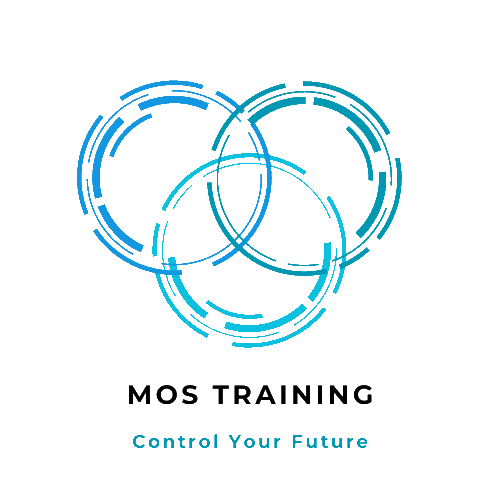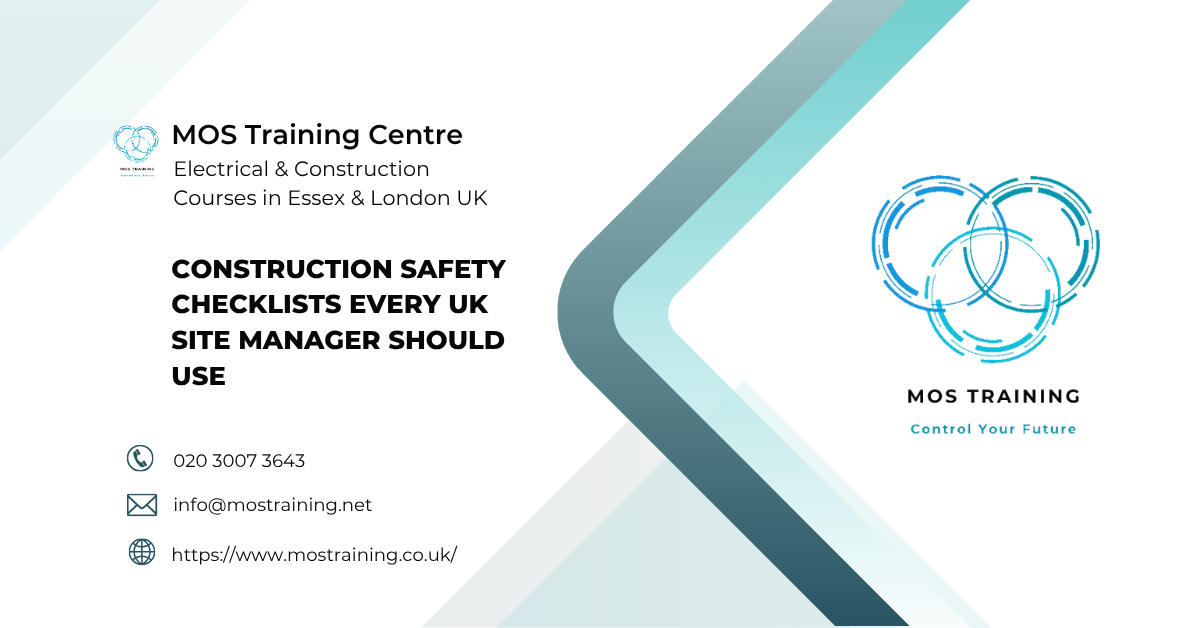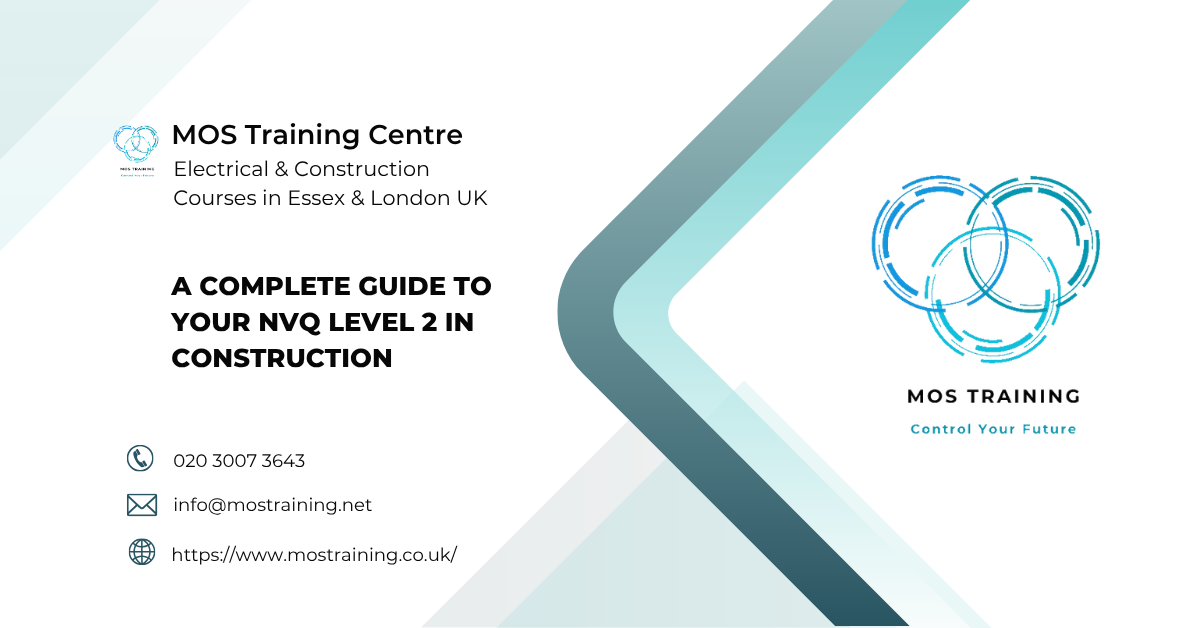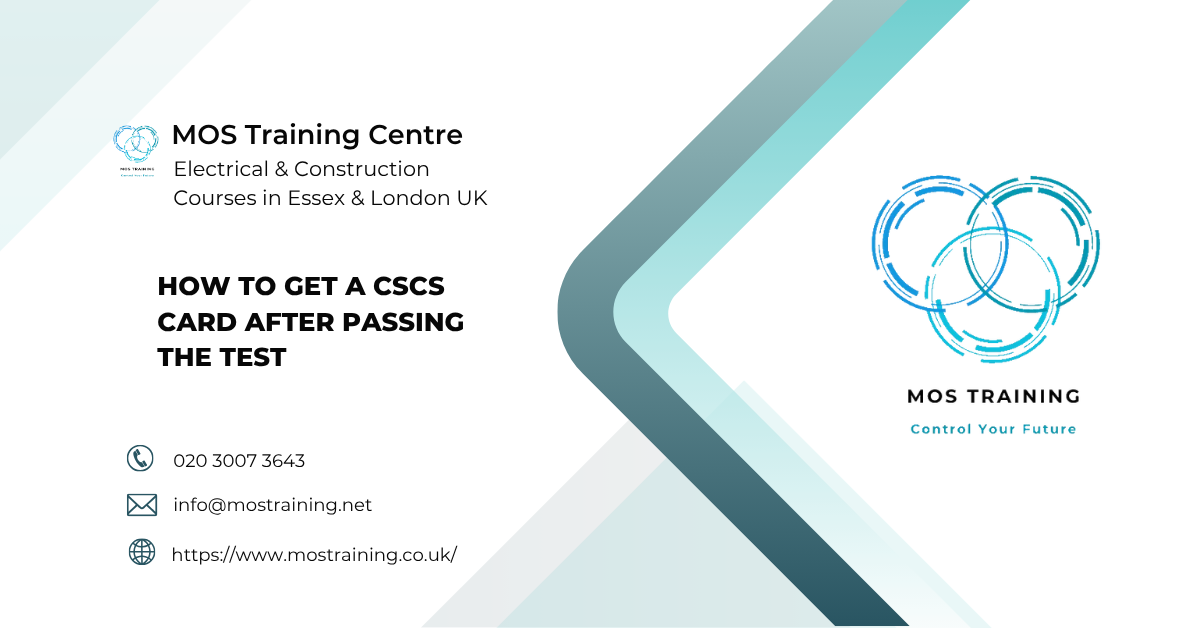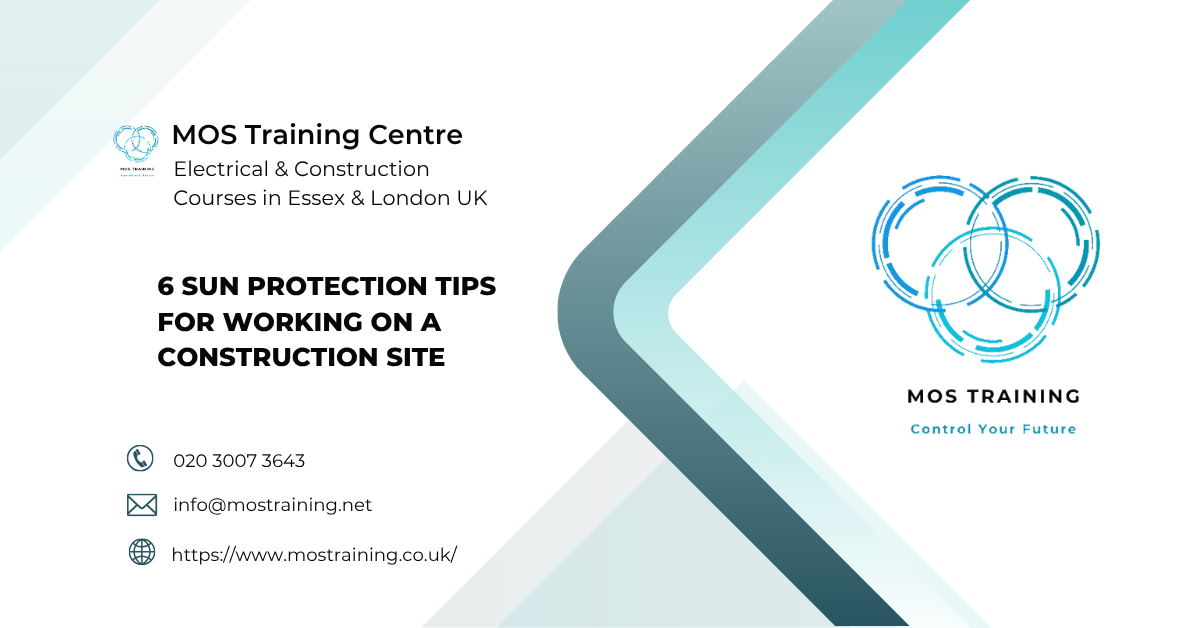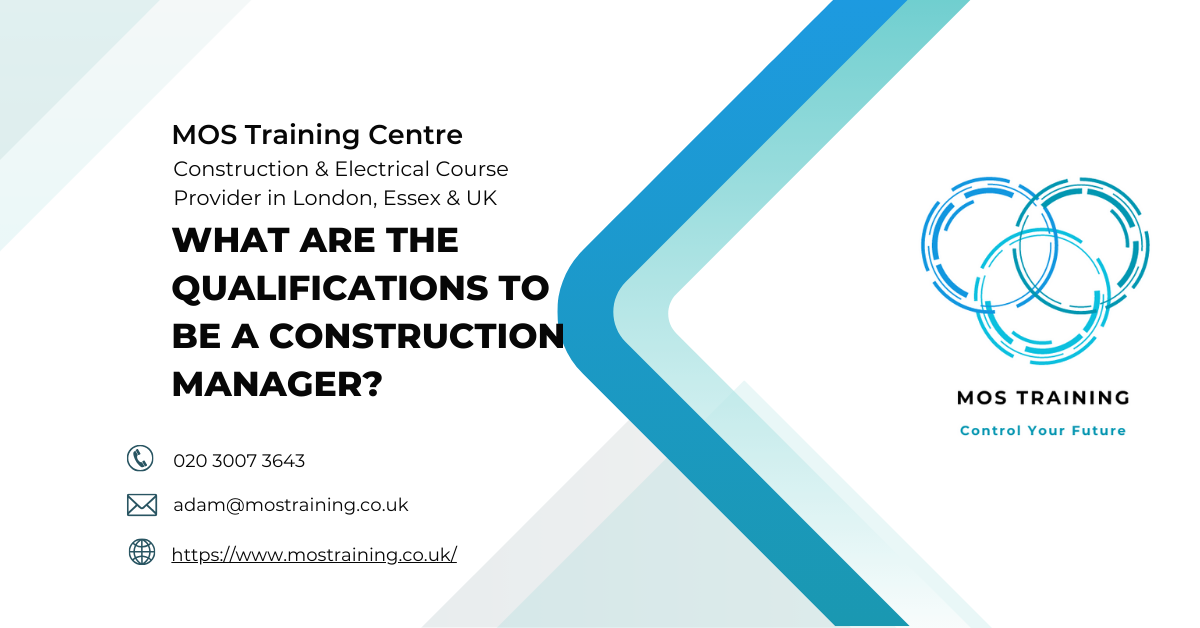What are the most important safety checklists that site managers in UK construction should follow?
The checklists that matter most to construction site safety cover daily checks, personal protective equipment, working at height, machinery, scaffolding, and how hazards are communicated. They help keep sites safer, ensure legal compliance with UK health and safety laws, and give everyone on site the same clear expectations. When used properly, they help spot issues early, avoid accidents, and keep projects moving without unnecessary risks. With new approaches like smart PPE, mental health support, and digital tools now part of daily practice, site safety has grown into a shared responsibility supported by both people and technology.
Here's What We Have Covered In This Article
Foundational Daily Safety Checks
Daily Site Safety Inspection Checklist
This is your basic daily sweep of the site. It’s where you pick up on anything that doesn’t look right and make sure the working environment is safe for everyone before the day gets started. It keeps the site in line with Health and Safety Executive (HSE) guidance and should be quick but thorough.
What to check:
General tidiness of walkways, storage zones and work areas
Any obvious hazards or blocked routes
PPE being worn properly
Fully stocked and accessible first aid kits
Emergency access routes are open and signed
Smart PPE devices powered and reporting correctly
Staff awareness of on-site mental health support posters or resources
Personal Protective Equipment (PPE) Checklist
PPE can seem like a basic box to tick, but it really matters. This checklist helps ensure that all workers are wearing the right gear for their tasks, and that it’s in good working condition.
What to check:
Hard hats without cracks or dents
Steel toe-cap boots in good condition
Hi-vis clothing clean and visible
Ear defenders or plugs in noisy areas
Eye protection used near grinding or chemicals
Dust masks or respirators where needed
Face fit tests carried out for respirators
PPE options suitable for different body sizes and gender
Pro Tip 1: Review and update your checklists whenever a new subcontractor, method, or piece of equipment is introduced.
Fall, Equipment, and Electrical Risk Prevention
Fall Protection Checklist
Falls from height are still the most common cause of fatal injuries in UK construction. The fall protection checklist supports Work at Height Regulations by helping make sure everything is in place before anyone leaves the ground.
What to check:
- Scaffolds and platforms have toe boards and rails
- Harnesses are checked for wear and correctly attached
- Proper anchor points are used
- Ladders are stable and at the right angle
- Workers have received proper fall prevention training
- VR-based height safety training completed if available
Equipment and Machinery Safety Checklist
Big kit and moving machines are part of daily life on a building site, but they bring big risks too. This checklist helps make sure machines are safe to use and only operated by people who are trained to do so.
What to check:
- Daily checks logged for excavators, lifts and hand tools
- Operator cards (like CSCS or NPORS) verified
- Maintenance schedules up to date
- Safety signage clearly posted near all machines
- Emergency stop buttons working and reachable
- Wearable tech working to track fatigue or heat stress in operators
Electrical Safety Checklist
Electrics often get overlooked, but poor setups can cause shocks, fires or worse. This list helps keep your temporary and permanent electrics safe and up to standard.
What to check:
- Temporary wiring is secured and out of harm’s way
- Extension leads checked for wear and overheating
- Tools have been PAT tested
- Lock-off tags used before maintenance
- Battery charging areas are ventilated and clean
- Circuit protection in place for high-demand tools
Pro Tip 2: Use worker feedback from toolbox talks to improve the relevance and usability of your daily checklists
Communication, Compliance, and Emerging Threats
Hazard Communication Checklist
When hazardous materials are present, they need to be managed, labelled and discussed properly with workers. This checklist helps meet duties under the Control of Substances Hazardous to Health (COSHH) Regulations.
What to check:
Labels on all chemical containers and drums
Up-to-date Safety Data Sheets accessible on site
Team briefings and signage in relevant areas
Trained staff handling chemicals
COSHH register reviewed regularly
Translations or visual signage where multiple languages are spoken
COVID-19 and Biohazard Safety Checklist
Covid isn’t the crisis it once was, but biohazard awareness remains useful. Respiratory protection, hand hygiene and distance protocols are still good practice.
What to check:
Signage in place for hygiene and symptoms
Shared areas cleaned daily
Hand sanitiser stocked at entrances and canteens
Face coverings available indoors
Staff reminded of reporting procedures
Use of wearable or sensor-based alerts for distancing or density if used
Summary and Site Safety Reminders
Final Thoughts
These checklists are about making safety part of the routine rather than a one-off exercise. They work best when everyone gets involved, not just the manager ticking boxes. A consistent approach means less confusion, fewer close calls and a healthier team. New tools like smart PPE, drones, inclusive signage and predictive data can make those routines even better. By combining old-school site habits with new ways of working, you make the site safer for everyone.
FAQs
Q1: How often should safety checklists be updated?
A1: At least every 6 to 12 months, or after significant changes to the site layout, equipment or regulations.
Q2: Can mobile apps be used for checklists?
A2: Yes. Digital tools like iAuditor, Fieldwire or SiteDocs can speed up inspections and help store records securely.
Q3: Who should be filling out checklists on a building site?
A3: Usually the site manager or safety lead, but team leaders and trades should be involved too.
Q4: Are these checklists compliant with UK law?
A4: Yes, these support legal requirements set by the HSE, Work at Height Regulations, CDM 2015 and other UK regulations.
Q5: What’s the biggest benefit of regular checklists?
A5: They stop issues before they get worse, protect workers, reduce downtime and help keep projects on track.

